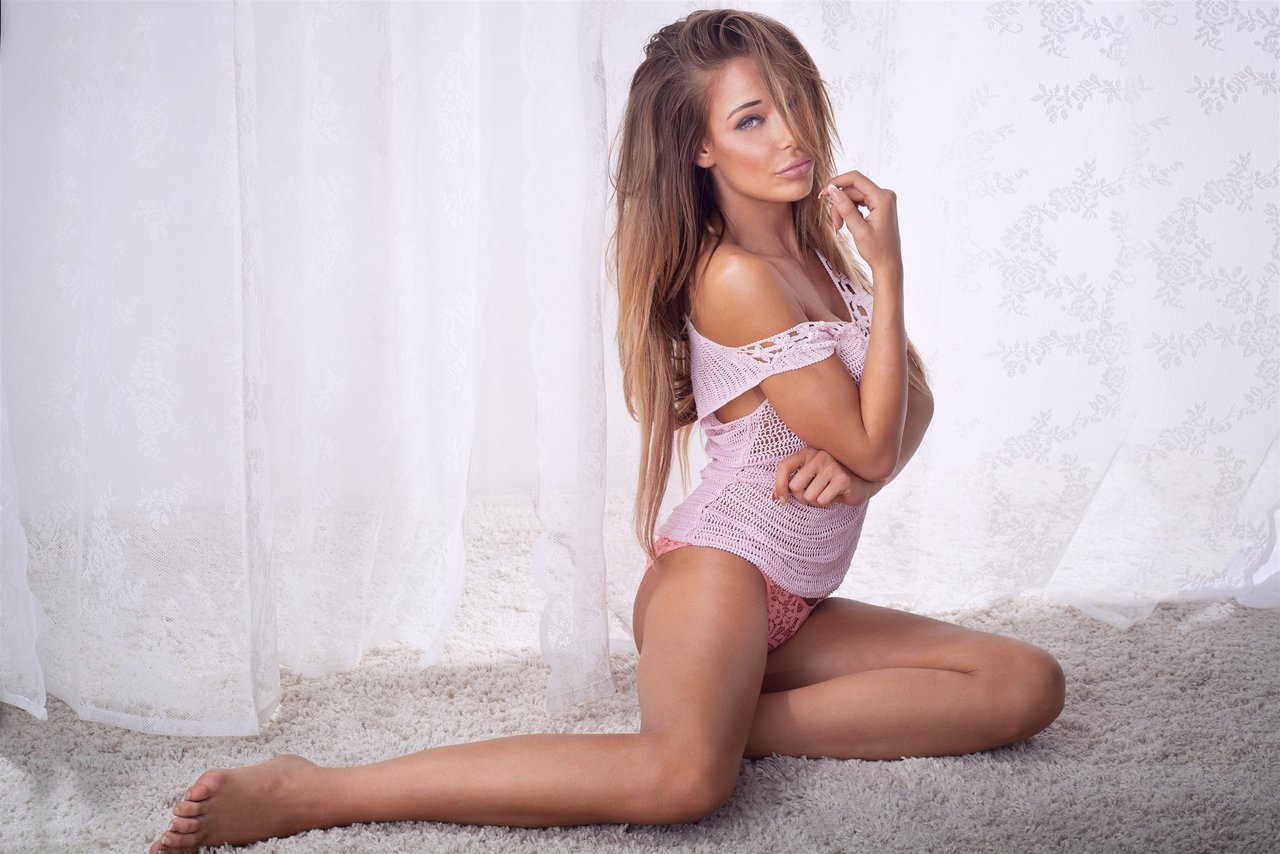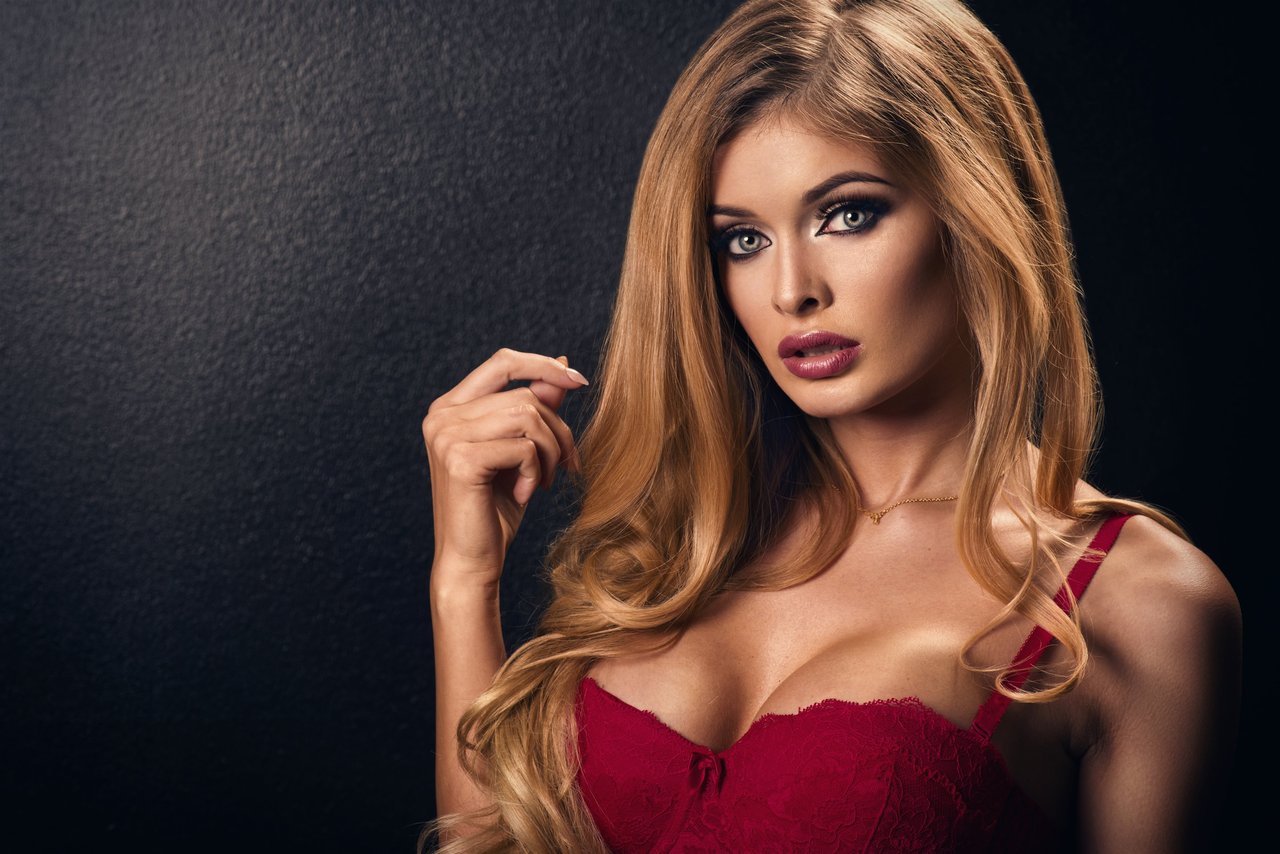Bisexual Characters in Movies: Normalizing Bi+ Identity On Screen
Seeing bisexual characters in movies matters, not just for those who identify as bi+ but for anyone desperate to feel real on screen. These days, bisexual representation in film is on the rise, shifting how audiences view romance, gender, and the entire landscape of lgbtq media. Movies like Call Me By Your Name or Atomic Blonde have carved out space where bisexual storylines aren’t painted as stereotypes—they’re given depth, sexuality, and agency. And let’s be blunt: for decades, films refused to show bisexual people on screen unless it was for comic relief or to push tired plots. Yet, that’s changing fast.
Why do these stories matter now? For starters, when bisexual lead roles step out of the closet, so do viewers who might feel invisible or erased in daily life. Trends in modern cinema show a hunger for queer tv and movies that highlight identity without apology. Visibility means someone, somewhere, is watching a scene and whispering, “That’s me.” Bi+ characters offer intersectionality—not just sexuality but layers of gender, race, and lived experience that break the mold. Films like The Favourite and Portrait of a Lady on Fire push us further, proving that bisexual icons on film deserve nuanced arcs.
While a single movie can’t heal the hurt of being misunderstood, it can chip away at old narratives. Authentic bisexual characters are more than a trend; they’re a bridge. They connect to television, streaming, and every other screen that shapes the stories we remember—and the ways we see ourselves.
Bisexual Representation in TV Shows: From Margins to Center Stage
TV shows have become the main stage for bold bisexual representation, moving bi+ characters from background wallpaper to key players in the story. Ten years ago, queer stories felt risky; now, shows like Sex Education and The Bold Type let bisexual people exist without apology. Showrunners like Shonda Rhimes have pioneered openly fluid characters in hit series, making space for conversations about identity, coming out, and the messiness of relationships. The growth here isn’t just a trend—instead, it’s a sea change in what viewers expect and deserve from their lgbtq+ media.
Honest bisexual storylines in series address the hardest stuff: not just love triangles, but the quiet dread of bi-erasure and the frustration of media portrayal that misses the truth of who we are. Writers with lived experience (or who actually listen) create scripts where identity isn’t a gimmick. Instead, it’s another thread in the show’s tapestry—sometimes central, sometimes barely spoken aloud, but always real.
The effect? Fans who once felt on the outside now tune in and see possibilities for their own lives. Bisexual tv shows shift the conversation, normalize fluidity, and allow everyone—regardless of their label—to see what’s next. With every honest arc, the gap between acceptance and understanding narrows just a bit more.
Bisexual Celebrities in Media: Visibility, Change, and Honest Conversation
Visibility isn’t just about characters on a screen—it’s amplified by real bisexual celebrities sharing their journeys. People like Halsey, Tessa Thompson, and Alan Cumming don’t fit the “one look” stereotype, and their willingness to speak up changes what’s possible. When famous bisexuals in movies, TV, or even on Instagram tell their truth, they give courage to anyone stuck at the crossroads of confusion and shame. That’s power.
Bi+ celebrities have a unique impact: they challenge the idea that bisexuality is a phase or just a plot device. Instead, they encourage honest conversations about identity, lgbtq+ relationships, and what it means to belong—or not. The ripple effect is real: young people growing up, hearing someone they admire admit to loving more than one gender, suddenly feel less alone. It stops being hypothetical and starts being deeply personal.
Examples flood every corner of media: Halsey (music), Tessa Thompson (Thor: Ragnarok), Alan Cumming (theater and TV), Lady Gaga (music, film), and Sara Ramirez (Grey’s Anatomy and And Just Like That...). Each name tells a story of what’s possible when shame gives way to truth.
Famous Bisexual Storylines: Breakthrough Moments and Quiet Explorations
A single storyline can shift the way audiences think, feel, and relate. In recent years, several famous bisexual storylines have broken through the noise—claiming space unapologetically. Think of Rosa’s coming out in Brooklyn Nine-Nine, where her honesty sparked discussion both on screen and online. Or consider Clarke Griffin in The 100, who led with toughness and vulnerability, refusing to fit into neat romantic boxes.
Subtler explorations can be just as powerful. The delicate tension between Eve and Villanelle in Killing Eve gives permission to those who crave stories about complexity, not just clear labels. Shows like Sense8 go global, showing how bisexual storylines transcend borders, language, and even reality itself. These arcs make space for bisexual people to see their lives reflected—not as fantasy, but as undeniable possibility.
The true impact? Fans organize watch parties, dissect scenes online, and argue fiercely about canon. They do it because these stories—whether bold or subtle—offer a mirror for anyone whose identity doesn’t fit a mold. And that kind of engagement is the heartbeat of change.


